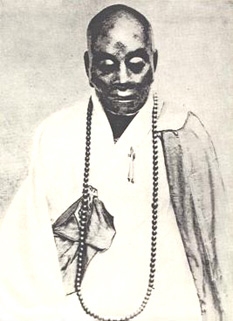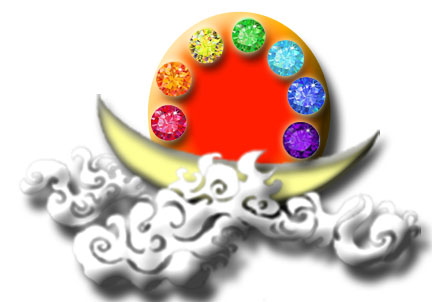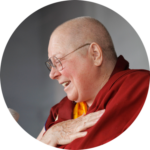
The following charts have been part of the “Buddhist Practice” section of the Holy Vajrasana Temple Website for some time. However, as we have been studying Expounding the Absolute Truth through the Heart Sutra, certain corrections and enhancements need to be made to the charts, especially as to the comparisons of the various stages of Buddhist practice. These charts only represent my understanding of these factors in a generalized sense and as such are subject to error.
These charts are representative of how one progresses on the path to Buddhahood and the belief that all sentient beings are on such a path, even if that is not yet their conscious goal. They are very simplified and do not reflect many of the details or nuances within the various categories. The first chart shows the difference in goals, in general terms, among the world religions and the two main branches of Buddhism. The second chart provides basic information about what the other religions and the four categories of Buddhist practice include—the level of attainment involved in each and the time required to become accomplished. The third chart lists some of the vows and actual practices done in each of these categories. Please remember that the charts represent generalizations about the various systems of belief and are not absolutely true for any given practitioner within that system.
In most sources the term “hinayana” is used to describe the Lesser Vehicle. It is believed that this was a mistranslation of very early texts as “hina” is considered a very insulting and derogatory term in Pali and Sanskrit. The word used in Tibetan and Chinese is translated as “lesser” without that connotation to denote that a lesser goal (short of full Buddhahood) is sought. Some use the term Sravakayana as this is the vehicle of the Sravakas or Arahats. Others refer to Early Buddhism or Conservative or Fundamental Buddhism to describe those who follow this path as compared to the Mahayana path. And some only want to refer to Northern and Southern Buddhism, but that does not portray the essential differences in goals of the two groups. Whatever this path is called, it should not be considered inferior in its methods or teachings because they were taught by Shakyamuni Buddha as what was appropriate for those living when He taught and for many people today. As shown on this chart, the Mahayana followers, must also master or understand these teachings to become accomplished. However, the use of any derogatory term that is insulting in its meaning is not appropriate and should not be used, so we usually use Theravada, the last remaining school in that tradition.
+ Asaṃkhyeya is a Buddhist name for the number 10¹⁴⁰ or 10140 or alternatively for the number 10^{{}} as it is described in the Avatamsaka Sutra. The value of the number is different depending upon the translation, but can also be thought of as innumerable or incalculable.
* It is not correct to assume that those following the lesser vehicle do not develop compassion or bodhichitta. H.H. Dorje Chang Buddha III has taught that one cannot become an Arhat without having Bodhichitta. These categories should only be considered as guides and used for reference.
** Although the truths of these practices are the same for the followers of the Theravada and Mahayana, the levels of realization of these factors are different. You should read Expounding the Absolute Truth through the Heart Sutra to understand this.



Add comment